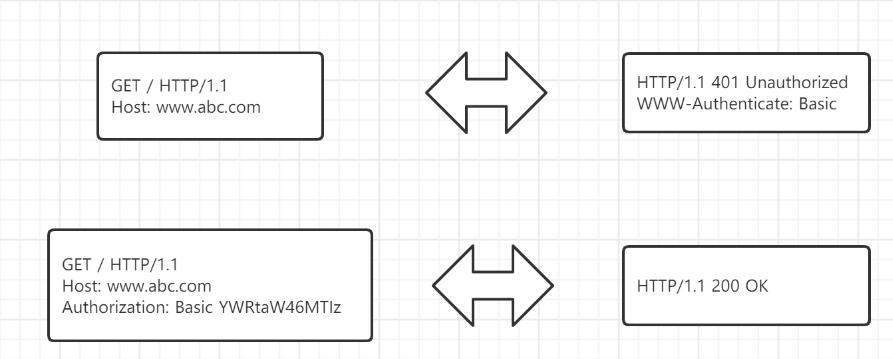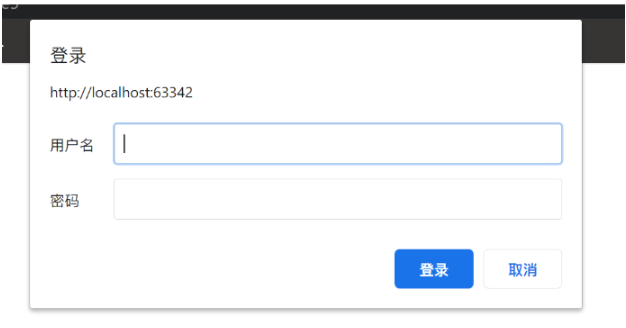php实现接口http协议中的Authorization Basic认证、调用
我们应用API接口实现中通过Authorization Basic认证是比较常见的,下面谈谈使用php实现接口认证、调用的方法。
需求场景描述
应用系统API接口,需要通过Authorization Basic认证实现,接口方给客户端相应的密钥才能实现认证,并且客户端也通过Authorization Basic认证的调用来实现通信。
实现方法是,将http协议请求头中压入认证字符串,认证字符串可以以base64编码加密,格式如:Authorization:Basic base64_encode("$name:$pwd")
接口实现Authorization Basic认证
php代码如下:
<?php
//一个验证用户的接口范例
public function validUser(){
header("Content-Type: text/html; CharSet=UTF-8");
$requestHeaders = apache_request_headers();
if (array_key_exists('Authorization', $requestHeaders)) {
list($username, $password) = explode(':', base64_decode(explode(' ', $requestHeaders['Authorization'])[1]));
//记录接口日志
$log_content=date("Y-m-d H:i:s ", time())."Authorization username,password=".$username.';'.$password;
file_put_prepend ($log_content, $this->log_file);
//$auth_key=base64_decode(explode(' ', $requestHeaders['Authorization'])[1]);
$pwd_en = md5(md5($password));
//$auth_key=$_POST['auth_key'];
通过数据库或其他方式认证取得用户信息,$userInfo
if (!empty($userInfo)) {
$this->responCode(200);
$this->uname=$username;
//echo "登录成功";
} else {
$this->responCode(403); exit;
}
} else {
$this->responCode(401); exit;
}
}
private function responCode($code){
if (401 === $code) {
header("401 Unauthorized");
header("WWW-Authenticate: Basic");
} elseif (403 === $code) {
header("403 Forbidden");
}
else {
header('200 OK');
}
}
?>
调用Authorization Basic认证API接口
<?php
public function callValidUser(){
$url=$base_url.'/validuser';
$name='test'; $pwd='1234';
$headers =array('Authorization:Basic '.base64_encode("$name:$pwd") );
$ch = curl_init();
$postData=array('username'=>$_POST['username']);
curl_setopt($ch, CURLOPT_HEADER, 0); curl_setopt($ch, CURLOPT_RETURNTRANSFER, true);
curl_setopt($ch, CURLOPT_POST, 1); curl_setopt($ch, CURLOPT_POSTFIELDS, $postData);
//curl_setopt($ch, CURLOPT_HTTPGET, true); curl_setopt($ch, CURLINFO_HEADER_OUT, true);
curl_setopt($ch, CURLOPT_HTTPHEADER, $headers);
curl_setopt($ch, CURLOPT_SSL_VERIFYPEER, false); curl_setopt($ch, CURLOPT_SSL_VERIFYHOST, true);//跳过https验证
curl_setopt($ch, CURLOPT_URL, $url);
$response = curl_exec($ch);
// echo curl_getinfo($ch, CURLINFO_HEADER_OUT);
curl_close($ch);
echo $response;
}
?>


